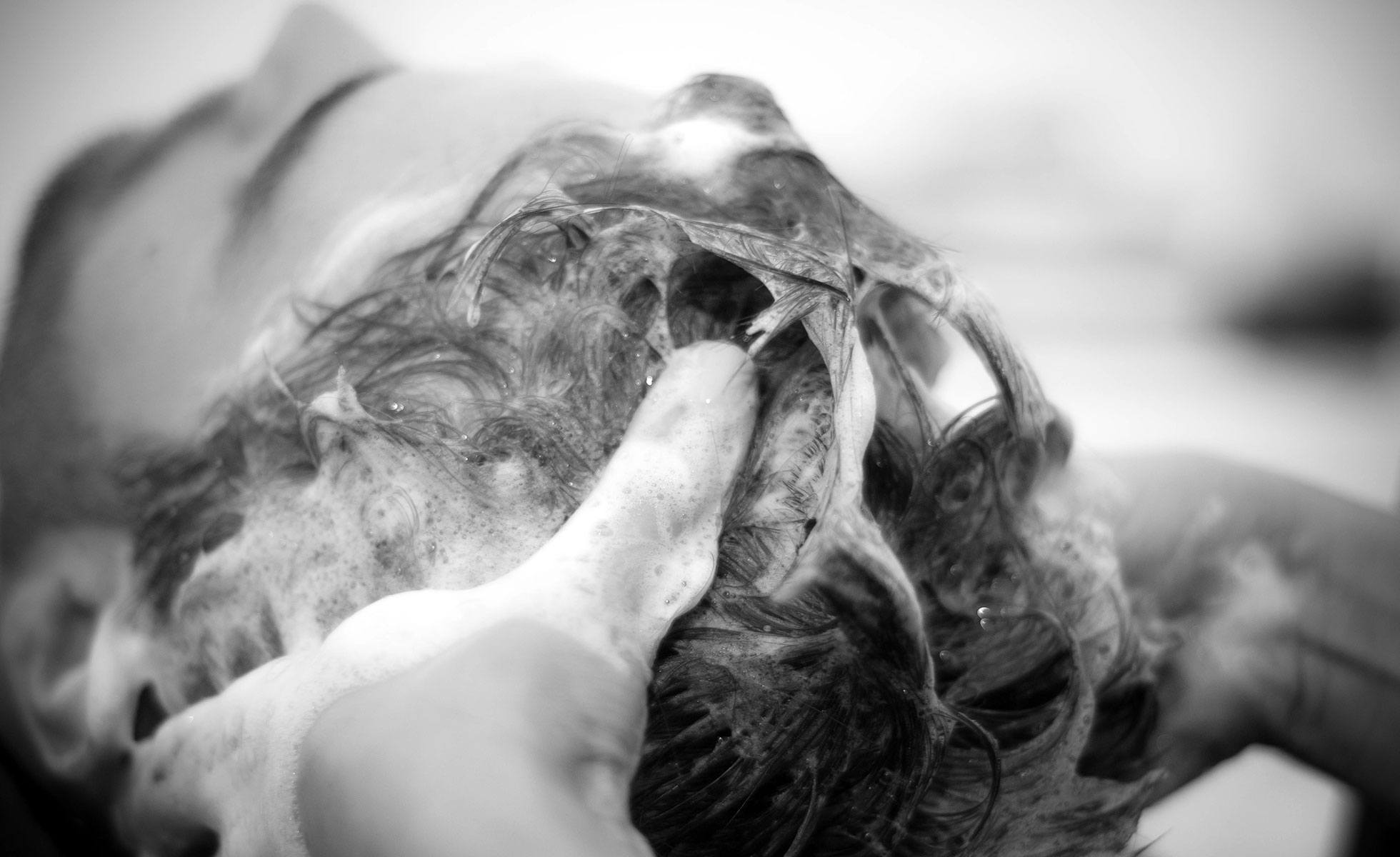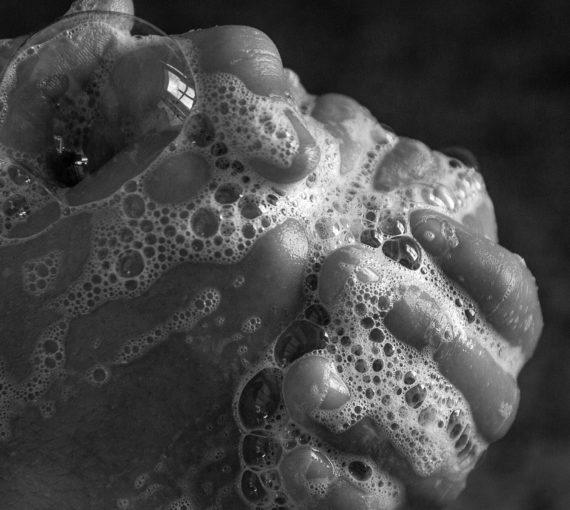Use in Cosmetics
Sodium laureth sulfate (sometimes referred to as SLES) is used in cosmetics as a detergent and also to make products bubble and foam. It is common in shampoos, shower gels and facial cleansers. It is also found in household cleaning products, like dish soap.
Health and Environmental Hazards
Depending on manufacturing processes, sodium laureth sulfate may be contaminated with measurable amounts of ethylene oxide and 1,4-dioxane. i The International Agency for Research on Cancer ethylene oxide as a known human carcinogen and 1,4-dioxane as a possible human carcinogen. Ethylene oxide can also harm the nervous system iiand the California Environmental Protection Agency has classified it as a possible developmental toxicant based on evidence that it may interfere with human development. iii 1,4-dioxane is also persistent. In other words, it doesn’t easily degrade and can remain in the environment long after it is rinsed down the shower drain. 1,4-dioxane can be removed from cosmetics during the manufacturing process by vacuum stripping, but there is no easy way for consumers to know whether products containing sodium laureth sulfate have undergone this process. iv
The industry panel that reviews the safety of cosmetics ingredients notes that sodium laureth sulfate can irritate the skin and eyes (though approving of its use in cosmetics). v
Regulatory Status
Ethylene oxide and 1,4-dioxane are prohibited on Health Canada’s Cosmetic Ingredient Hotlist. However, the Hotlist does not control for the presence of these chemicals as contaminants. 1,4-dioxane was recently assessed under the government’s Chemicals Management Plan but Health Canada and Environment Canada concluded that the chemical did not meet the legal definition of “toxic” because estimated exposure levels were considered to be lower than those that might constitute a danger to human health. The assessment noted uncertainty in the exposure estimates “due to the limited information on the presence or concentrations of the substance in consumer products available in Canada.” vi
Health Canada has categorized sodium laureth sulfate as a “moderate human health priority” and flagged it for future assessment under the government’s Chemicals Management Plan.
Related Ingredients
Sodium lauryl sulfate (SLS), a related detergent used in cosmetics, is a skin, eye and respiratory tract irritant and toxic to aquatic organisms. vii
Other ethoxylates may be contaminated with ethylene oxide and 1,4-dioxane. These ingredients usually have chemical names including the letters “eth” (e.g., sodium laureth sulfate).
i Black RE, Hurley FJ, and Havery DC. “Occurrence of 1,4-dioxane in cosmetic raw materials and finished cosmetic products.” Int J PharJ AOAC Int. 84, 3 (May-Jun 2001):666-70.
ii Brashear, A. et al. “Ethylene oxide neurotoxicity: a cluster of 12 nurses with peripheral and central nervous system toxicity.” _Neurology _46, 4 (Apr 1996):992-8.
iii California. EPA. Office of Environmental Health Hazard Assessment. _Chemicals Known to the State to Cause Cancer or Reproductive Toxicity. _February 5, 2010.https://www.oehha.org/prop65/prop65_list/files/P65single020510.pdf
iv Environmental Health Association of Nova Scotia. _Guide to Less Toxic Products._Halifax: EHANS, 2004. https://www.lesstoxicguide.ca/index.asp?fetch=personal#commo.
v CIR. Alert for Sodium Laureth Sulfide and Sodium Lauryl Sulfide. https://www.cir-safety.org/staff_files/alerts.pdf(viewed Mar 17, 2010)
vi Environment Canada and Health Canada. Screening Assessment for the Challenge: 1,4-Dioxane. March 2010. https://www.ec.gc.ca/substances/ese/eng/challenge/batch7/batch7_123-91-1.cfm
vii WHO. ILO. International Chemical Safety Card for Sodium Lauryl Sulfate (ICSC 0502). Aug 1997. https://www.ilo.org/legacy/english/protection/safework/cis/products/icsc/dtasht/_icsc05/icsc0502.htm




